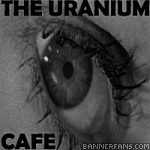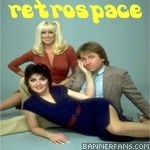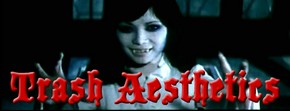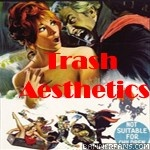I thought I'd share with you a few of my beloved FAB PRESS books from the last several years... FAB press is truly a wonderful publisher.

FEAR WITHOUT FRONTIERS. Steven Schneider’s Fear Without Frontiers continues the dismantling of national barriers that Pete Tombs began in Immoral Tales and Mondo Macabro; Schneider devotes 300 pages to research in global horror cinema. It is the most comprehensive scholarly anthology of global horror films in print today with an academic approach.
There are no major claims in Fear Without Frontiers, rather the book aims at collecting various essays with various theoretical models on various exploitation films from across the globe. In other words, it's not a single authored piece of "original scholarship" - it's a brilliantly edited anthology devoted to foreign transgressive cinema. This book is a godsend to me.

TEN YEARS OF TERROR. My fellow droogie Fred actually plunked down serious cash for the striking black hardcover of this book as a gift to me. What a gift too. The pic of the book featured in this review is the affordable trade softcover.
This baby weighs a ton and is, in a word, GORGEOUS. 143 film entries, 733 illustrations, 48 pages in full color! It's beauty is only matched by the quality of the analysis you'll find in it. The analysis is in no way theoretical, rather it is critical analysis that contextualizes, summarizes and offers opinion.
Especially signigicant is the decade the authors decide to focus on. This was the decade of decline for the British horror film, a period where the genre waxed high in the beginning of the decade and waned to a few yearly productions by the end. A fascinating period to focus on - if this were an academic work, the question they would need to address in more sophisticated methods and detail would be.... why?
It remains one of my favorite books, if you're interested, the paperback is very affordable, the hardcover is probably oop, but it is massively impressive!

BOOK OF THE DEAD. Hold on to yer' hats kiddies. Jamie Russell's 'Book of the Dead' is, without question, THE MOST comprehensive single authored tome on Zombies in the WORLD (picture a good Mickey Rooney... "IN THE WORLD" there). The book is frickin' exquisite and worth every single bloody penny (hundreds of color and b & w stills and plates).
Russel's approach is somewhere between the historian and the scholar, essentially fusing the two and proving himself to be both simultaneously. Very nice critical analysis and the book's "up to the minute of publishing" (he discusses the Dawn of the Dead remake, Shaun of the Dead, 28 days later, etc.) accuracy is very welcomed. He covers it ALL my friends - from the origins to the cotemporary milieu. Nothing even remotely "zombie" is ignored.
If you love Zombies, run, don't walk (of course there's the run/walk fan binary about how fast zombies should move, so run or walk, the choice is yours) to your nearest bookstore and order this book - it is, nothing less than SPECTACULAR.
Lastly, though not a FAB press book, I always enjoyed "Horror - The 100 Best"
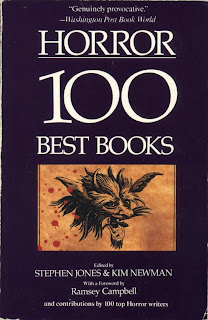
HORROR: 100 BEST BOOKS. It's a damn fine reference guide. 100 authors contributed by picking their favorite horror novel of al time. Kim Newman does a fine job of putting the whole project together. The collection put me on to a few titles I was unfamiliar with or perhaps needed a nudge to read, and I did. Although, tracking some of the titles down in the mid 90s was a major pain in the ass. Pre-internet mind you - it took me four years to track down a copy of Guy Endore's "The Werewolf of Paris" (made into the fine 1961 Hammer film The Curse of the Werewolf, a childhood and adult favorite of mine). But, half the fun was the "hunt". I highly recommend this book if you're looking for a pretty definitive list of the most powerful/influential "horror" novels of the last 500 years.

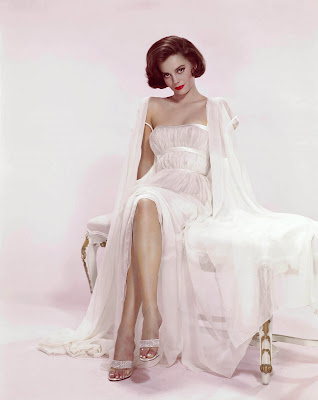





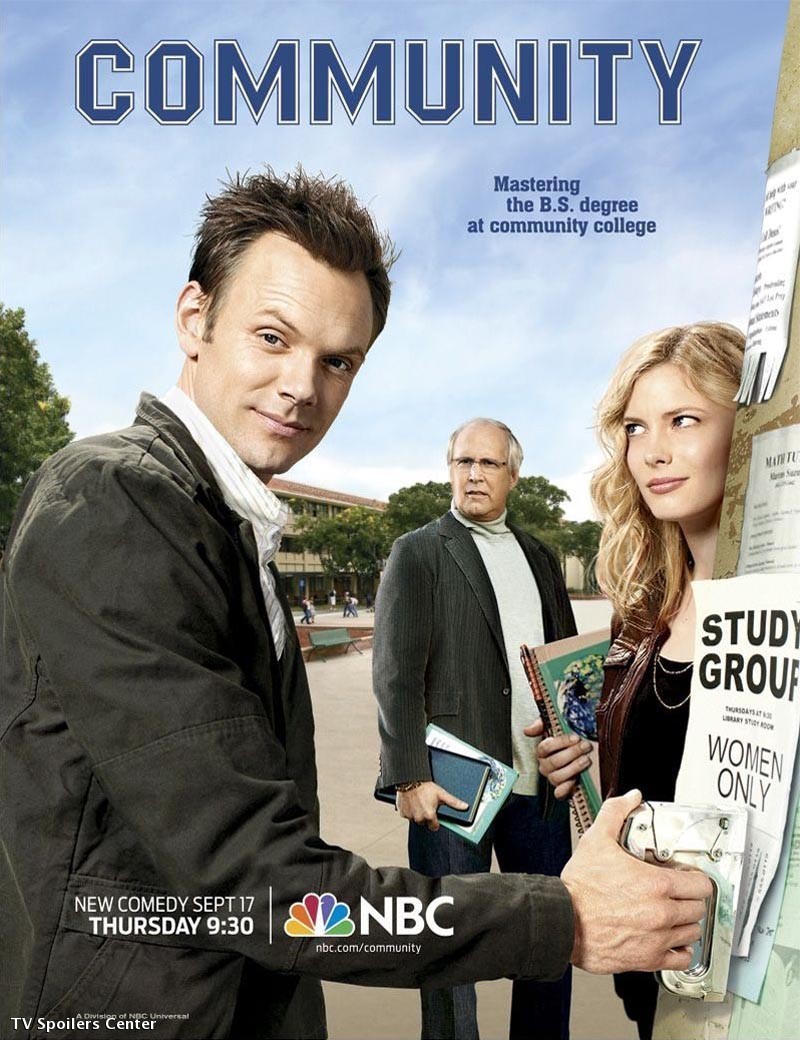
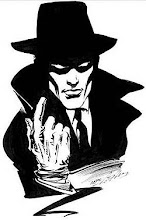
.jpg)





